Introduction
Neuroblastoma is a type of cancer that primarily affects children, particularly those under five years old. It originates from immature nerve cells, known as neuroblasts, which are typically found in the adrenal glands and around the spine. These rogue cells can develop into tumors, causing various symptoms depending on their location. Unfortunately, neuroblastoma is the most common cancer in infants and accounts for a significant portion of childhood cancer deaths. Understanding survival statistics for neuroblastoma is crucial for parents, caregivers, and healthcare professionals. These numbers provide insights into the effectiveness of treatments and offer hope to families navigating this challenging journey. Knowing the survival rates helps families make informed decisions regarding treatment options and understand what the future may hold.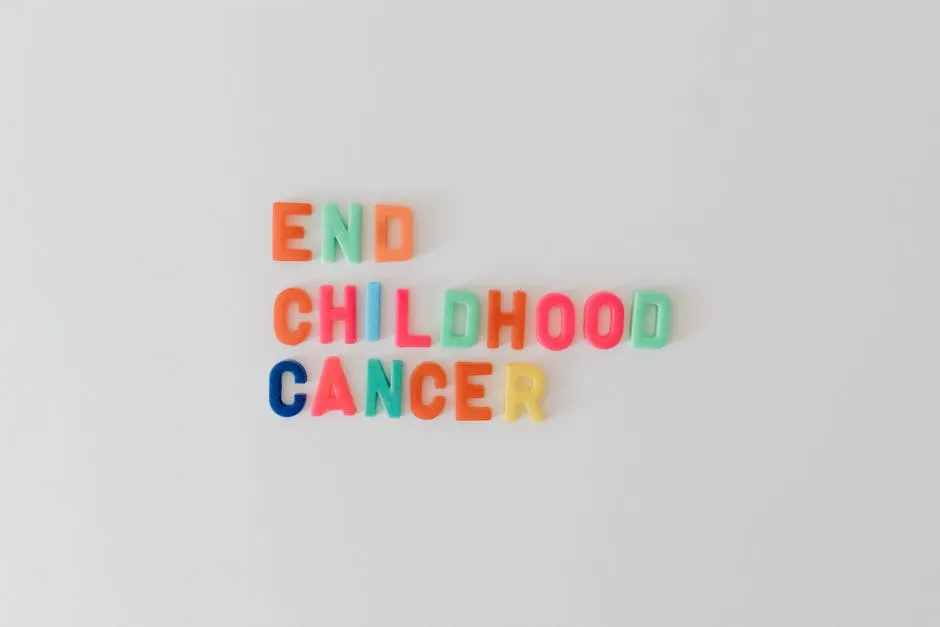
What is Neuroblastoma?
Survival statistics serve as a benchmark for assessing the prognosis of neuroblastoma. They reflect the percentage of children who live for a specific duration after diagnosis, usually five years. For instance, the five-year survival rate is a critical metric used by doctors to evaluate treatment outcomes. While these statistics can’t predict individual cases, they provide valuable context for families facing this disease. The survival rates vary significantly based on several factors, including the child’s age at diagnosis, the stage of the cancer, and genetic characteristics. For example, children in the low-risk category often enjoy a survival rate exceeding 95%, while those classified as high-risk have a survival rate of around 50%. This variability indicates the complexity of neuroblastoma and the importance of tailored treatment approaches. While we’re on the topic of awareness, why not show your support with a stylish Neuroblastoma Awareness Ribbon Pin? Not only does it spread awareness, but it also sparks conversations that could help save lives!Relevance of Survival Statistics
This article aims to provide a comprehensive overview of neuroblastoma survival statistics, focusing on the factors that influence these rates. By unpacking the various elements that affect survival outcomes, we hope to equip parents, caregivers, and healthcare professionals with the knowledge they need to navigate this challenging landscape. Understanding these statistics can foster a sense of empowerment, allowing families to approach treatment with realistic expectations and hope for the future.Arming oneself with information is a crucial step in advocating for the best possible care. Therefore, it’s essential to stay informed about the latest developments and trends in neuroblastoma treatment and survival outcomes. This article will delve into the current landscape of neuroblastoma survival statistics, ultimately aiming to shed light on the path forward for affected families.For more information on neuroblastoma survival statistics, visit our detailed post on neuroblastoma survival statistics.
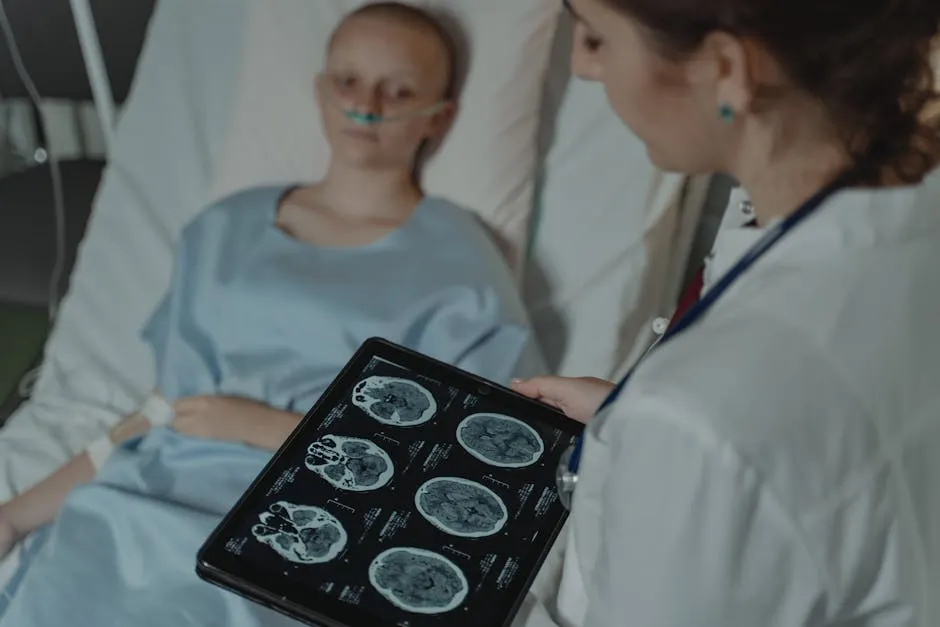
Risk Factors and Causes
Neuroblastoma is a complex pediatric cancer, and understanding its risk factors is crucial for early detection and prevention. Genetic predispositions play a significant role in the development of neuroblastoma. A noteworthy example is the MYCN gene amplification, often associated with high-risk neuroblastoma. This genetic alteration increases the likelihood of tumor aggressiveness, leading to poorer outcomes in affected children. In addition to genetic factors, certain risk factors are commonly linked to neuroblastoma. Age is a primary factor, with most cases diagnosed in children under the age of five. Moreover, boys tend to be diagnosed more frequently than girls. A family history of neuroblastoma, although rare, can also elevate risk. Approximately 1-2% of cases are familial, highlighting the importance of genetic counseling for affected families. Environmental factors may also contribute to the risk of developing neuroblastoma. While research in this area is ongoing, no definitive environmental link has been established. However, some studies suggest that exposure to certain chemicals or pollutants during pregnancy might play a role. Pregnant women should be cautious about exposure to harmful substances to potentially lower the risk for their unborn children. Overall, the interplay of genetic, familial, and environmental factors creates a complex landscape for neuroblastoma. Awareness of these risk factors is essential for parents and healthcare professionals in the early identification and management of this pediatric cancer. And speaking of awareness, consider picking up a Pediatric Cancer Survivor Bracelet. It’s a wonderful way to honor survivors and inspire hope in others!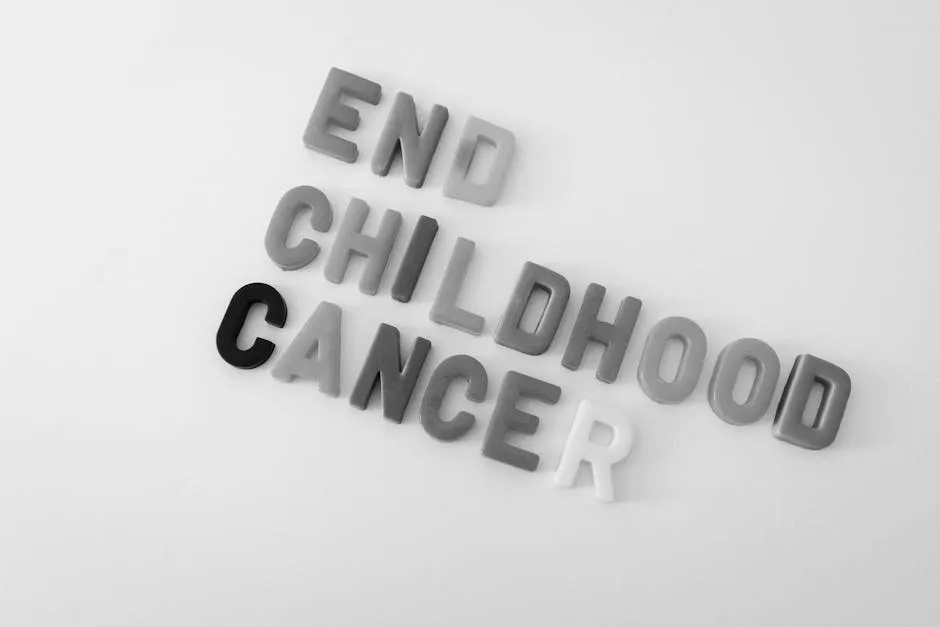
Survival Rates Overview
General Survival Statistics
Understanding survival rates for neuroblastoma provides valuable insights into the disease’s prognosis. The American Cancer Society (ACS) and National Cancer Institute (NCI) offer robust statistics that help families grasp the likelihood of survival. The overall 5-year survival rate for neuroblastoma varies significantly, largely depending on the risk group classification. The 5-year survival rate refers to the percentage of children living at least five years post-diagnosis. This metric serves as a crucial indicator of treatment effectiveness and long-term outcomes. While many children exceed this benchmark, it remains a critical tool for assessing the disease’s impact. For neuroblastoma, the 5-year survival rates are as follows:- Low-risk group: Greater than 95%.
- Intermediate-risk group: Approximately 90-95%.
- High-risk group: Roughly 50%.

Survival Rates by Risk Group
Neuroblastoma survival rates are heavily influenced by the child’s risk group, categorized based on several factors, including age, cancer stage, and specific genetic markers. Low-Risk Group: Children classified in this group have an impressive survival rate exceeding 95%. These cases typically involve localized tumors that can be surgically removed, and the prognosis is excellent. The likelihood of long-term survival is high, reflecting the effectiveness of current treatment protocols. In fact, to celebrate these victories, families often enjoy Family Board Games that bring everyone together! Intermediate-Risk Group: Survival rates for this group hover around 90-95%. These children may require a combination of surgery and moderate-intensity chemotherapy. While the prognosis is still favorable, careful monitoring and treatment adjustments may be necessary to ensure successful outcomes. High-Risk Group: Unfortunately, children in this category face a more challenging prognosis, with survival rates around 50%. This group often includes cases with advanced disease, MYCN amplification, or unfavorable histology. Factors influencing survival in this group include response to aggressive treatment protocols, age at diagnosis, and overall health. Each risk group’s nuances highlight the complexity of neuroblastoma and the necessity for personalized treatment plans. The evolving landscape of treatment options and ongoing research into new therapies aim to improve survival outcomes across all risk categories, offering hope to families navigating this difficult journey. And speaking of hope, consider reading “Wonder” by R.J. Palacio, a heartfelt story that emphasizes kindness and resilience!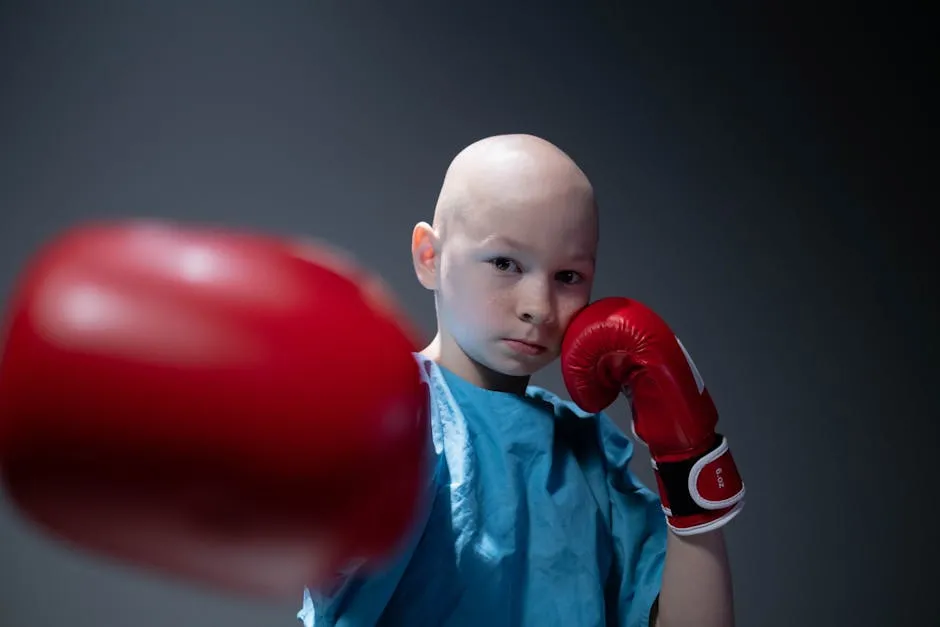
Historical Trends in Survival Rates
Survival rates for neuroblastoma have dramatically changed over the decades. In the 1970s, the overall five-year survival rate was a mere 25%. Fast forward to today, and that figure has soared to approximately 68% for children under 15 years of age. This remarkable progress is largely due to advancements in treatment modalities. The introduction of new therapies, better risk stratification, and a deeper understanding of neuroblastoma biology have all contributed to this improvement. Surgical techniques have become more refined, allowing for more complete tumor removals without sacrificing surrounding healthy tissue. Additionally, chemotherapy regimens have evolved, becoming more targeted and less toxic, which has significantly enhanced patient outcomes.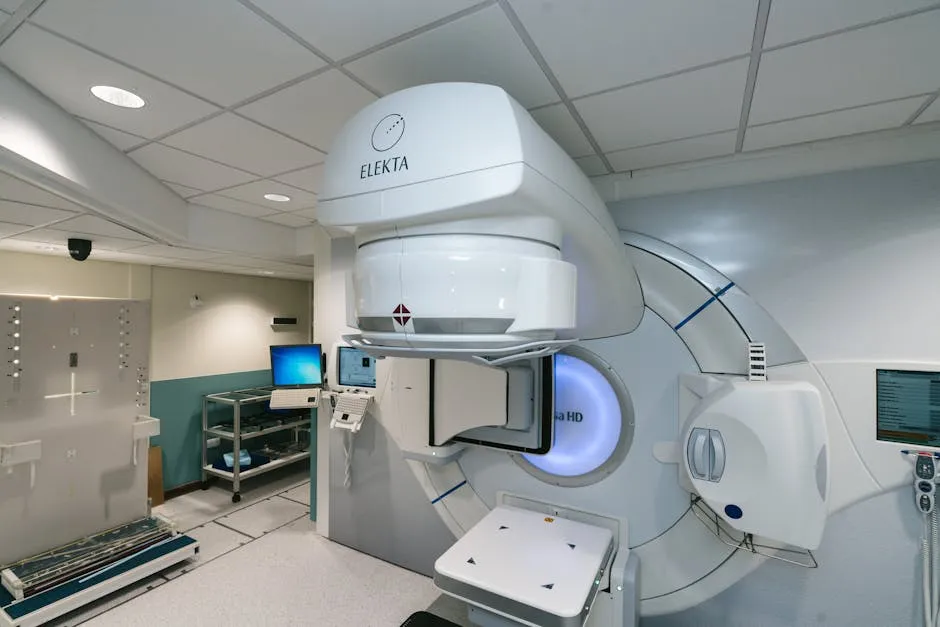
Factors Influencing Survival Outcomes
Age at Diagnosis
Age at diagnosis plays a crucial role in survival rates for neuroblastoma. Generally, younger patients tend to have better outcomes. Children diagnosed before their first birthday often enjoy a five-year survival rate of approximately 95%. In contrast, those diagnosed later, particularly after age five, face more significant challenges, with survival rates dropping to about 60%. Statistical breakdowns reveal that children under 1 year have the highest survival rates, while those aged 1 to 4 are also in a favorable position. In the 5 to 9-year age range, survival rates start to decline, and children diagnosed after age 10 are particularly at risk, often facing survival rates as low as 40%.
Stage at Diagnosis
The stage at which neuroblastoma is diagnosed significantly impacts prognosis and survival rates. The International Neuroblastoma Staging System (INSS) and the International Neuroblastoma Risk Group Staging System (INRGSS) are two critical frameworks used to classify the disease based on its extent. According to INSS, the survival rates vary significantly by stage. For instance, Stage 1 patients enjoy an impressive five-year survival rate of around 90%. As the stage progresses to Stage 4, where the cancer has metastasized to distant organs, survival rates plummet to approximately 21%.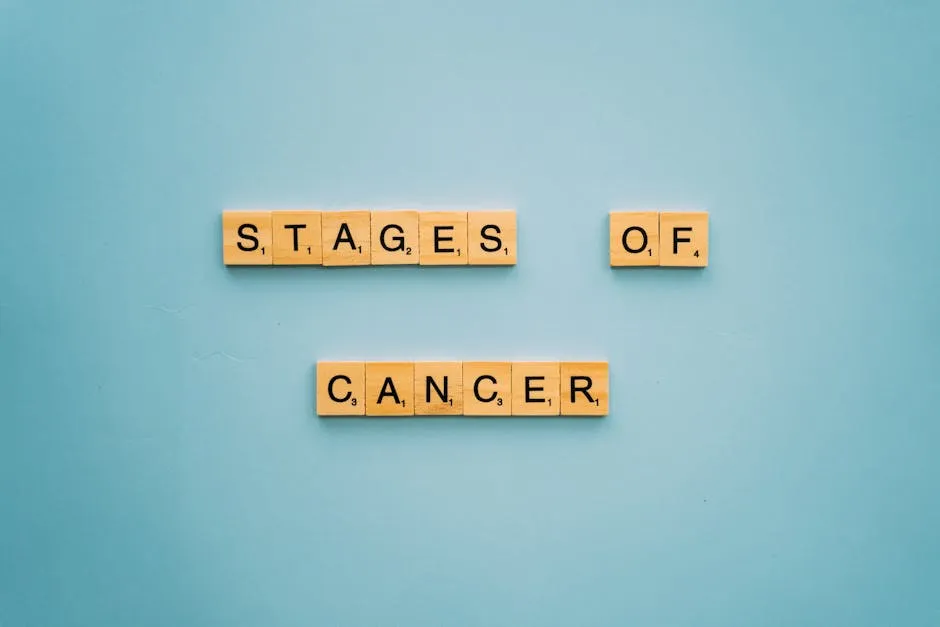
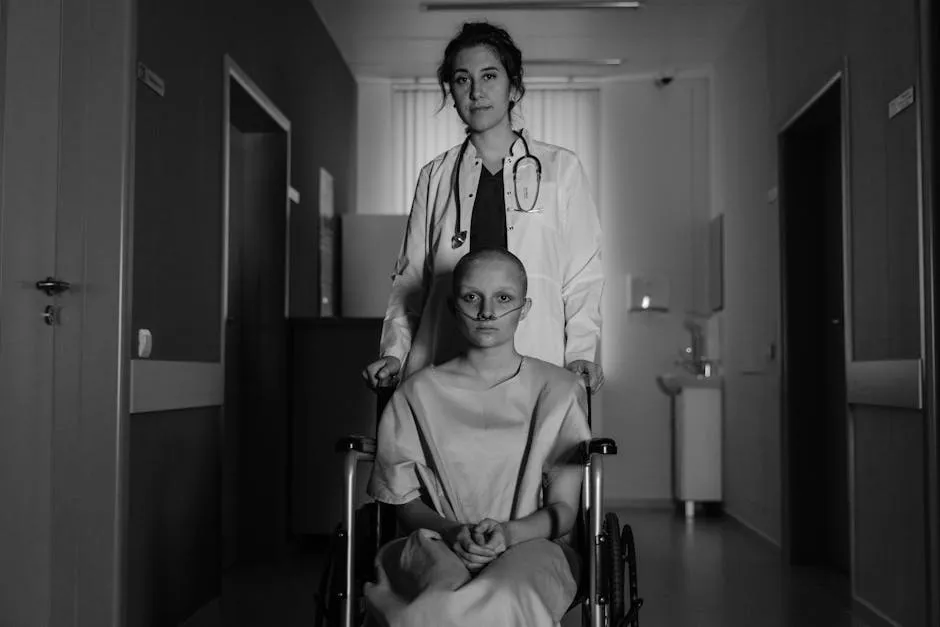
Treatment Modalities
Neuroblastoma treatment varies based on risk levels. Key options include surgery, chemotherapy, radiation, and immunotherapy. Surgery often aims to remove the tumor entirely. For low-risk cases, this can lead to excellent outcomes, with survival rates exceeding 95%. In intermediate-risk cases, surgery is usually accompanied by chemotherapy to ensure any remaining cancer cells are targeted. Chemotherapy is vital, especially for high-risk neuroblastoma. It helps shrink tumors before surgery and combats any metastasis. However, aggressive chemotherapy may lead to adverse effects, complicating long-term survival. Interestingly, recent studies suggest that higher doses can improve outcomes but may also bring increased risks.
Genetic and Biological Factors
Genetic factors play a significant role in neuroblastoma prognosis. One major marker is the MYCN amplification, which indicates a more aggressive form of the disease. Children with this genetic alteration often have poorer outcomes, particularly in high-risk categories. Tumor histology also impacts survival. Favorable histological features, such as high degrees of neuroblastic maturation, correlate with better prognosis. In contrast, unfavorable histology can lead to lower survival rates. Thus, the biological behavior of the tumor is crucial in determining the effectiveness of treatment and the likelihood of long-term survival.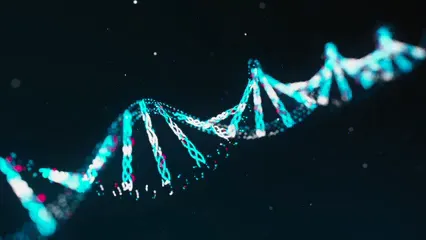
Socioeconomic and Ethnic Factors
Socioeconomic status and ethnicity significantly influence access to treatment and survival outcomes in neuroblastoma. Families with higher incomes often have better access to cutting-edge therapies and clinical trials. Conversely, those from lower socioeconomic backgrounds may face barriers that hinder timely treatment. Ethnic disparities also exist. Data shows that Non-Hispanic Black children have lower survival rates compared to their Non-Hispanic White and Hispanic counterparts. These differences underscore the need for equitable healthcare access and targeted outreach to improve outcomes for all demographics. Statistics reveal that survival rates can vary widely based on these factors. For example, while low-risk patients generally have a 95% survival rate, those in underserved communities may not achieve the same outcomes. Addressing these socioeconomic and ethnic disparities is vital for enhancing survival rates and ensuring that every child has a fair chance at recovery. And for those families looking to bond over cooking, a Kids’ Cooking Set can be a great way to create delicious memories!
Case Studies and Patient Stories
Success Stories
Neuroblastoma survival stories are often filled with hope, resilience, and a sprinkle of magic. Take, for instance, the inspiring journey of a five-year-old named Lily. Diagnosed at just two, she faced the daunting challenge of high-risk neuroblastoma. With the unwavering support of her family and community, Lily underwent aggressive treatment. Thanks to her parents’ relentless advocacy and a local fundraising campaign, she received cutting-edge therapies. Today, Lily is thriving, enjoying dance classes and playdates like any other child her age.

Challenges Faced
While success stories shine a light on hope, the journey through neuroblastoma can also be fraught with challenges. Families of children diagnosed with high-risk neuroblastoma face emotional and psychological hurdles that can feel overwhelming. The initial shock of a diagnosis often leads to feelings of fear, confusion, and helplessness. Parents grapple with questions about treatment options, survival rates, and the long-term effects of therapies. The emotional toll doesn’t stop there. Children endure grueling treatments that can be physically taxing. Side effects from chemotherapy, radiation, and surgeries can lead to pain, fatigue, and anxiety. Kids often miss out on school and social activities, creating feelings of isolation. The psychological impact on the entire family can be profound. Siblings may feel neglected as parents focus on the child battling cancer, leading to strained relationships and emotional distress.
FAQs
Is neuroblastoma curable?
Yes, neuroblastoma can be curable, particularly in low and intermediate-risk cases. High-risk neuroblastoma presents more challenges, but advancements in treatment continue to improve outcomes.
What are the chances of survival for high-risk neuroblastoma?
Current statistics indicate that children with high-risk neuroblastoma have approximately a 50% chance of surviving at least five years post-diagnosis, although many factors can influence individual outcomes.
How often does neuroblastoma recur after treatment?
Recurrence rates for high-risk neuroblastoma are significant, with 50% to 60% of patients experiencing a relapse, typically within the first two years after treatment.
What can parents do to support their child’s treatment?
Parents can advocate for their child’s needs, stay informed about treatment options, and connect with support groups. Engaging in open communication with healthcare teams is vital for navigating care pathways.
Where can I find support for childhood cancer?
Numerous organizations offer resources for families affected by neuroblastoma. Groups like the American Cancer Society and local childhood cancer foundations provide information, emotional support, and financial assistance to help families during their challenging journey.
All images from Pexels




